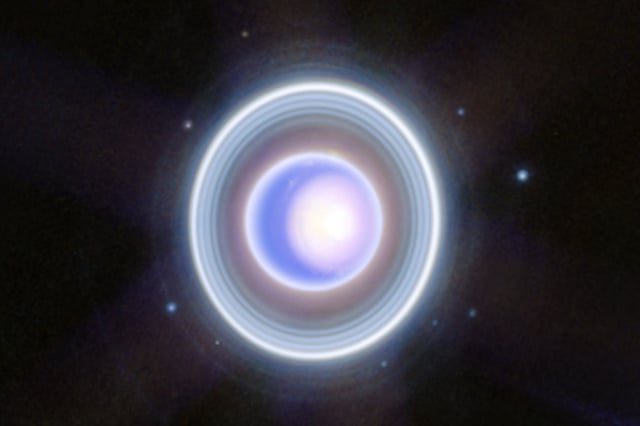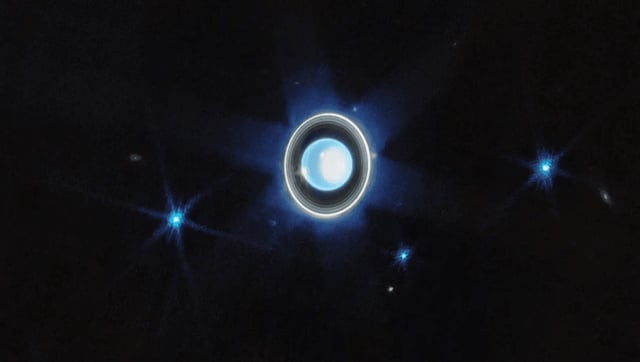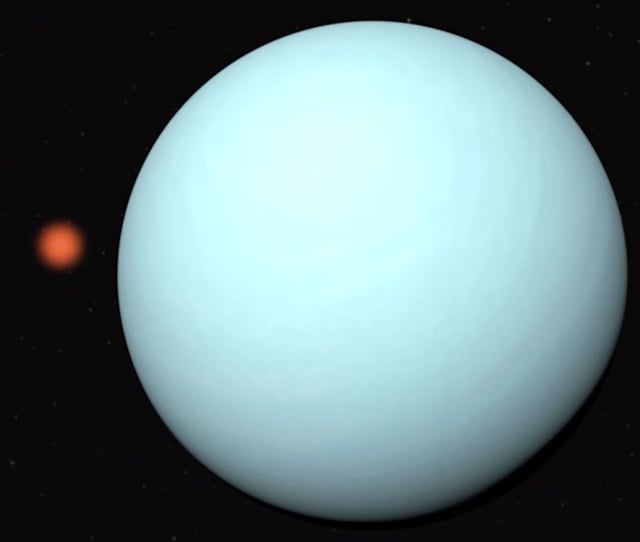Overview
- On April 7, 2025, Uranus passed in front of a distant star, allowing scientists to measure its stratospheric temperature, density, and pressure at multiple altitudes using light curve data.
- The event marked the first large-scale collaborative occultation campaign for Uranus, involving over 30 astronomers across 18 observatories in Western North America.
- The campaign refined Uranus’s orbital position by 125 miles, crucial for future exploration and mission planning, given its current positional uncertainty of about 100 miles.
- Data collected also provided insights into Uranus’s ring system and atmospheric turbulence, including the puzzling heat of its upper layers despite its distance from the Sun.
- Researchers are now analyzing results and planning future occultations, with a brighter star event in 2031 expected to enable airborne or space-based observations.


